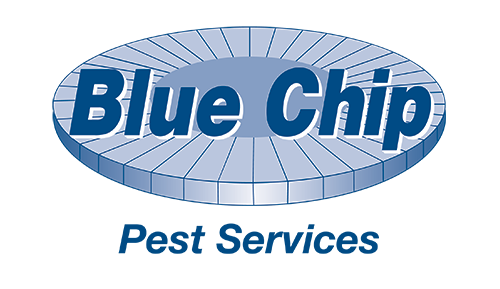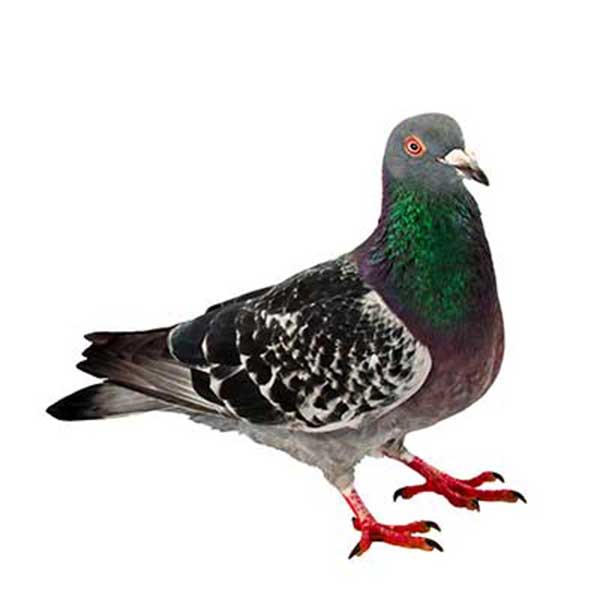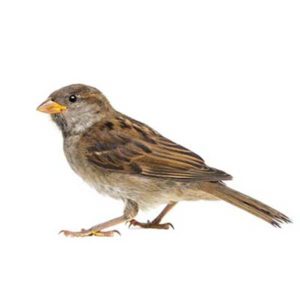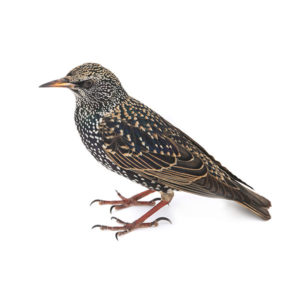Pigeons in St. Louis
Found throughout the United States, the feral pigeon is a year-round pest and adapts well to man-made environments. Feral pigeons are often the most troublesome bird pest for homeowners in urban areas, as well as in small rural communities. The abundance of shelter provided by the design of many homes and buildings assures that pigeons have ample places to roost, loaf, and nest. Pigeons deface homes and structures and more seriously, are known carriers of diseases such as cryptococcosis, toxoplasmosis, salmonella, food poisoning, and more.
Pigeon Habitat
In the wild, pigeons often live on or near large, rocky cliffs. In cities and towns, pigeons are dependent on humans to provide them with food, roosting, and nesting sites. These birds nest on window ledges, roofs, in air conditioning units, traffic lights, commercial signs, and under bridges. Although they prefer grain and seed, pigeons consume garbage, insects, bread, and other handouts from people. Wherever they nest, food and water are often in plentiful supply, but when it isn’t, the birds seek resources from nearby rural or undeveloped areas that are generally within their flight range. Pigeons can breed year-round, and peak mating seasons are spring and fall.
Pigeon Behaviors, Threats, or Dangers
The serious and constant public health problems feral pigeons create are unmatched by any other bird species. Pigeons are known to carry or transmit several diseases and their droppings and feathers can contaminate food destined for human consumption. Their droppings deface and accelerate the deterioration of homes and buildings and also contaminate areas where people walk or work. Pigeon droppings and nests clog gutter downspouts and air intakes, mar window sills, and render fireplaces and fire escapes hazardous. Pigeon ectoparasites include chewing lice, ticks, and mites, some of which bite people, which is why control of this common urban pest should always be a priority.
If you discover pigeons roosting on your property, contact a professional bird control company immediately to discuss a proper course of pigeon control.




